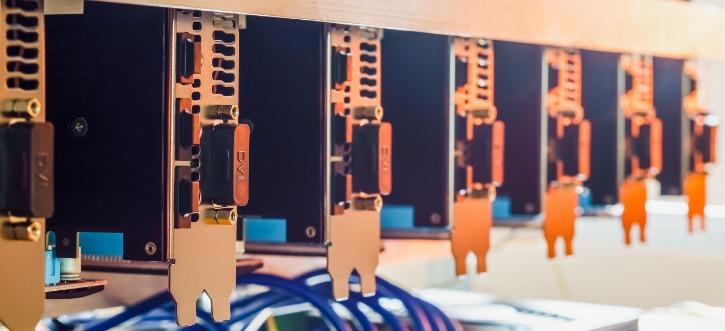Ensuring the longevity and efficiency of your waste grinding device is crucial for any kitchen. Regular upkeep not only enhances performance but also prevents costly repairs. With the right maintenance tips, you can enjoy a hassle-free experience and prolong the life of your food waste processor.
Many users underestimate the importance of routine care. Engaging in diy cleaning practices can make a significant difference. From basic checks to simple cleaning techniques, taking these steps helps to avoid clogs and unpleasant odors associated with accumulated debris.
Following a structured approach will help you keep your food waste disposal system running smoothly. By implementing effective strategies, you can contribute to a cleaner kitchen environment and enjoy the convenience that this appliance brings to your daily life.
Regular Cleaning Tips for Your Garbage Disposal
Safe Foods to Grind and What to Avoid
Understanding what can safely be processed in a waste grinder is crucial for its longevity and performance. Certain items can cause common issues such as clogs or blade damage, while others can be safely ground, making cleanup easier.
Safe Foods: Soft fruits and vegetables like bananas, cucumbers, and cooked potatoes are excellent choices. They break down easily and help to keep the blades sharp. Additionally, small amounts of cooked meat and fish can be processed, provided there are no bones. Oily substances such as mayonnaise and salad dressings can be included in moderation as they help to lubricate the unit.
Avoid: Stay away from fibrous produce such as celery, corn husks, and artichokes, as they can tangle around the blades. Hard items like bones, seeds, and nuts can cause serious damage and reduce efficiency. Starchy foods like pasta and rice tend to expand and can lead to blockages, while grease and oil can build up over time, leading to foul odors and operational failures. For more detailed information, visit https://plumbingrepairlaverne.com.
Following these guidelines can help you troubleshoot common issues and keep your grinding device working effectively.
Troubleshooting Common Garbage Disposal Issues
Encountering problems with your waste disposal system can be frustrating. Understanding the typical complications can help address them effectively. One frequent issue is the unit not turning on. This could be due to a blown fuse or tripped circuit breaker. Checking the power supply is a critical first step when troubleshooting.
Another common grievance is unusual noises when the disposal operates. Grinding sounds could indicate that foreign objects are trapped inside or that the blades are dull. Ensuring that only suitable materials are processed can significantly reduce such occurrences.
Additionally, if your disposal emits unpleasant odors, this typically results from food particles lingering inside. Promptly cleaning and sanitizing the interior part of the system can eliminate these smells. Regular upkeep is vital in preventing bacteria and odor buildup.
Lastly, slow draining after using the system may signal clogs. Running cold water while the unit operates helps to flush materials through the plumbing. If blockages persist, consider utilizing a plumbing snake or contacting a professional for a thorough inspection.

